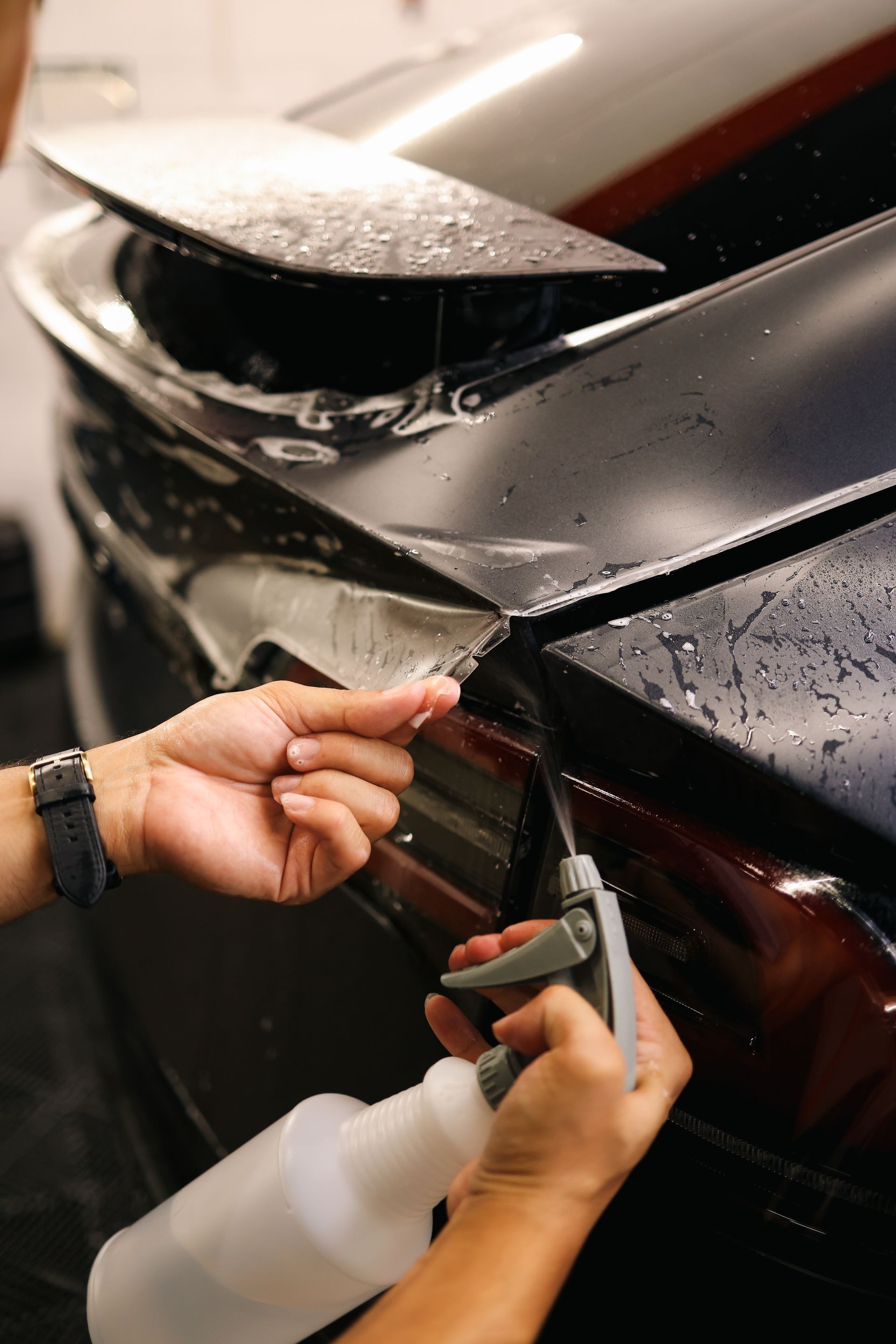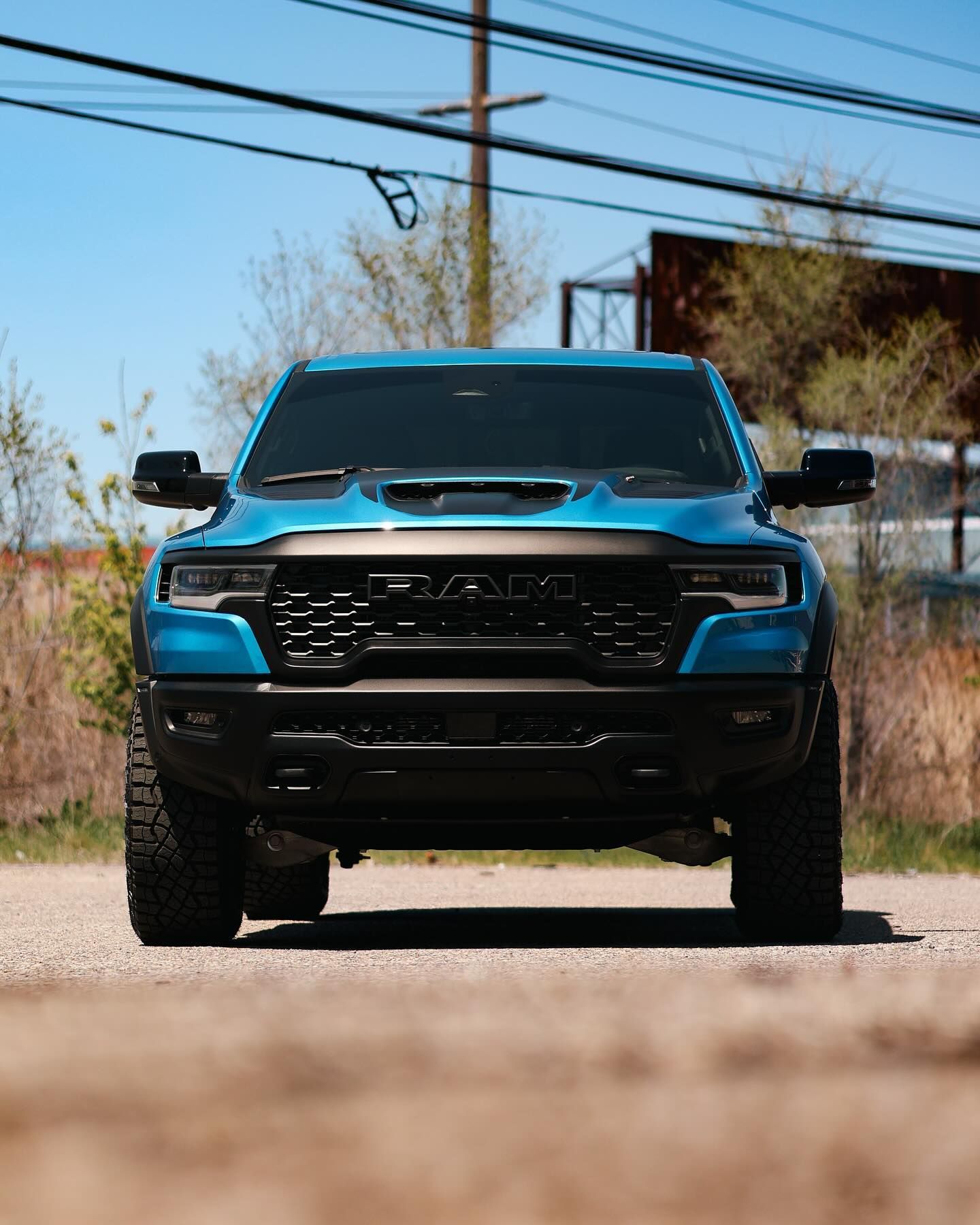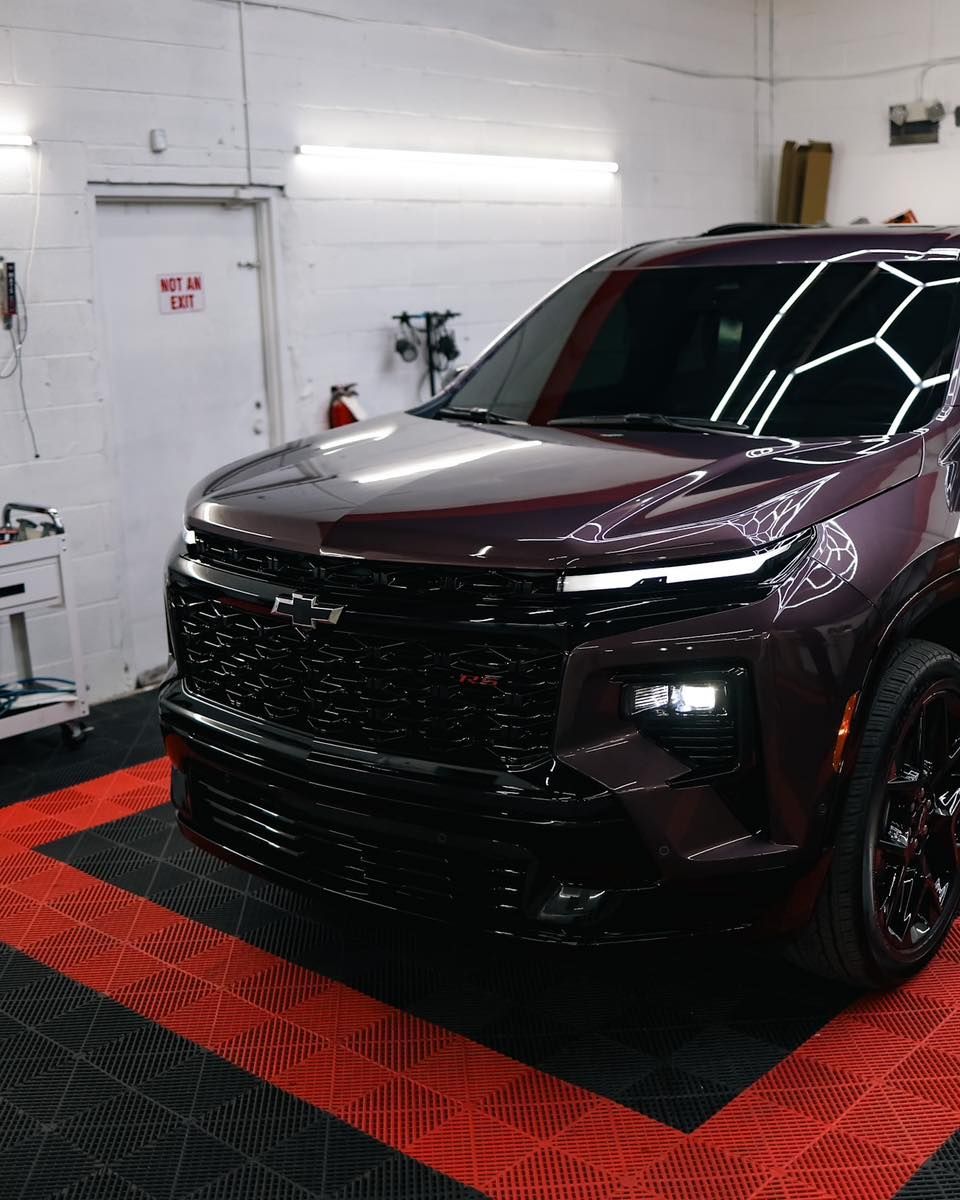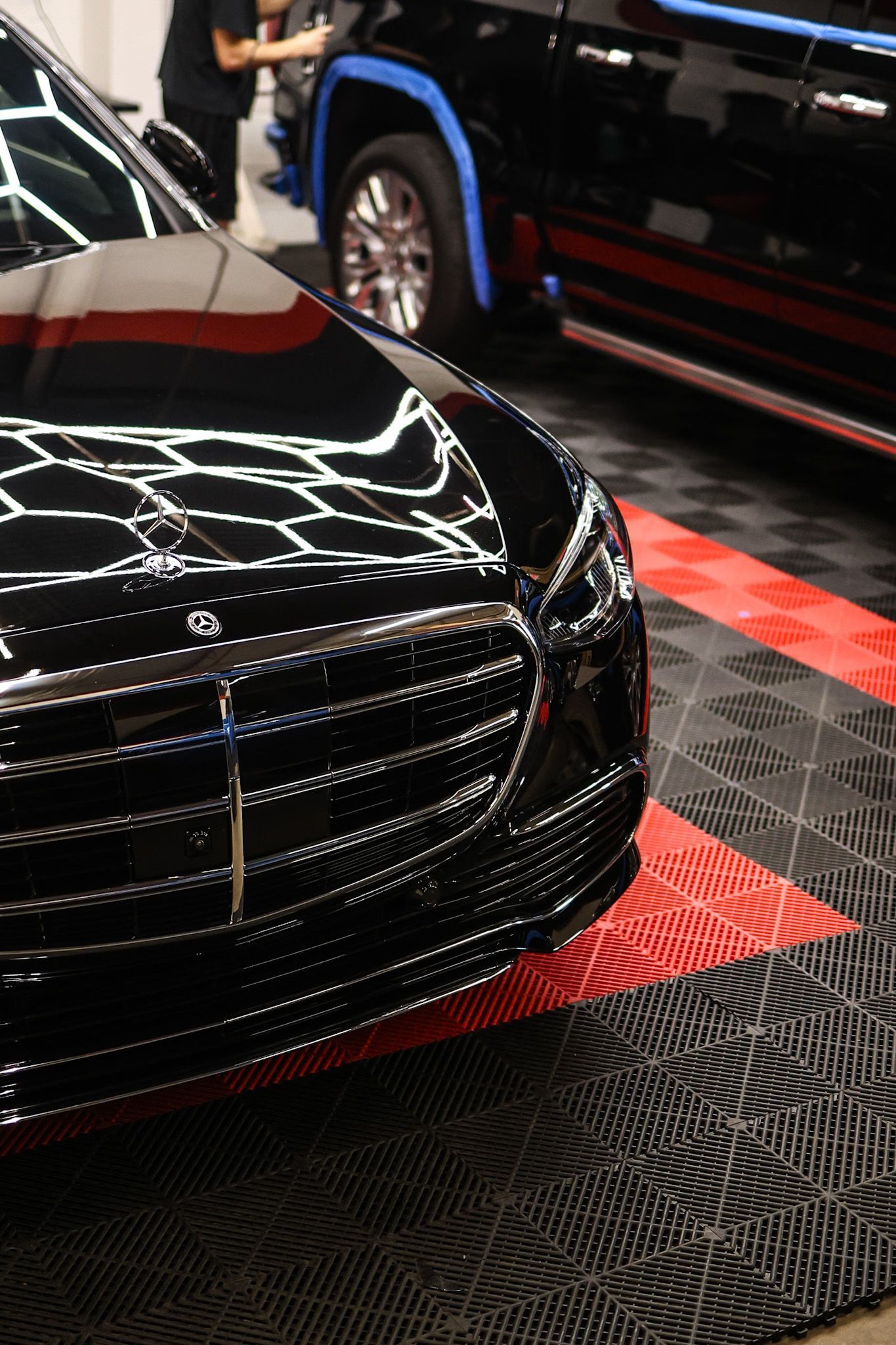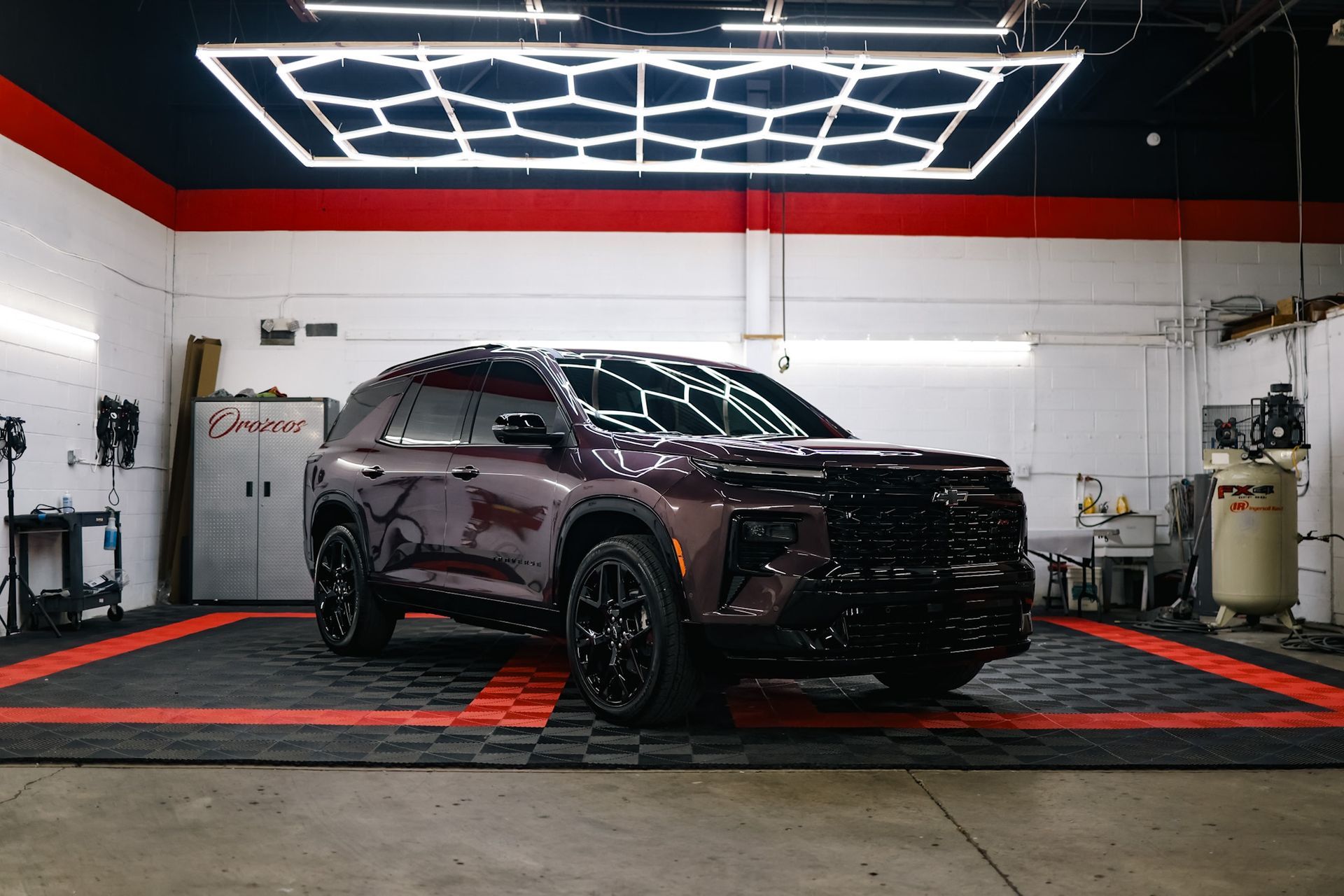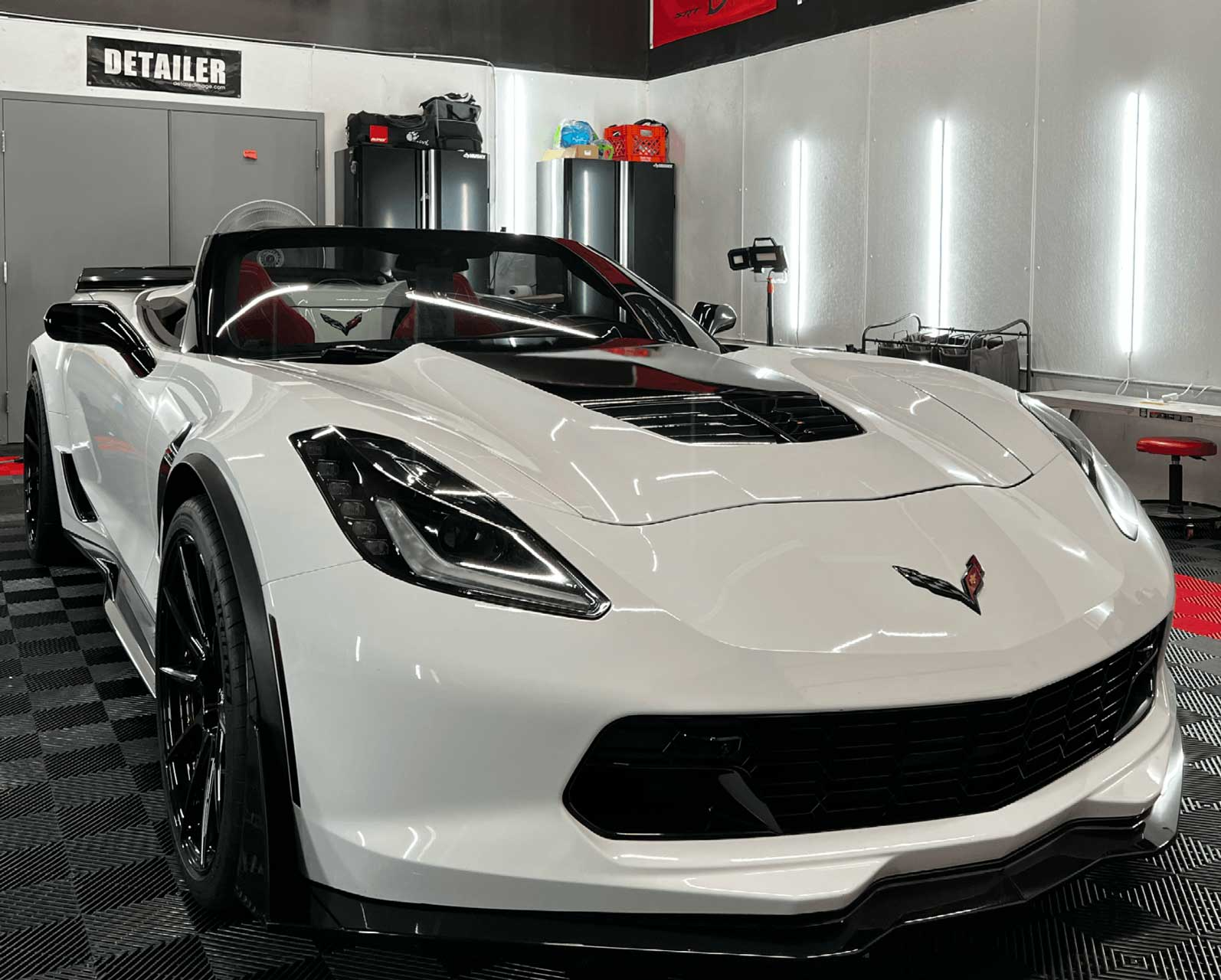Maintaining your vehicle’s pristine look can feel like a never-ending task, especially with constant exposure to road debris, rock chips, and environmental wear. Fortunately, Paint Protection Film (PPF) offers a smart solution, providing a nearly invisible shield that preserves your car’s paint without compromising its sleek design. This advanced film defends against scratches, chips, and stains, all while enhancing your vehicle’s shine. Whether you're a car enthusiast or simply want to keep your ride looking sharp, PPF is a powerful investment in long-term protection.
During a professional
PPF installation, your vehicle will go through a series of precise steps: inspection, deep cleaning, and accurate film application tailored to its contours. Preparing for the process means arriving with a clean vehicle and choosing experienced technicians who use high-quality materials. After installation, your car will need about 24 to 48 hours to cure, so hold off on washing or exposing it to extreme conditions during that time. With the right preparation and care, PPF can keep your vehicle looking flawless for years to come.
What is PPF and Why Install It?
Paint Protection Film, often referred to as PPF, is a highly durable and transparent layer designed to shield your vehicle’s paint from various forms of damage.
Imagine driving through a rain of tiny pebbles or parking under a tree that consistently drops sap—PPF serves as a frontline defense against these everyday threats.
Made predominantly from flexible thermoplastic polyurethane, this film has self-healing properties, allowing minor scratches to disappear when exposed to heat. This means that even small marks or abrasions can maintain the immaculate look of your car over time.
The most striking aspect of PPF lies not just in its protective abilities but in the long-term advantages it offers.
Installing PPF is a strategic decision to safeguard your investment. For many owners, especially those of high-end brands and models, maintaining the pristine condition of a vehicle goes beyond aesthetic appeal. A well-maintained car with a high-quality PPF can retain greater resale value over time because potential buyers are drawn to vehicles that have been cared for. Studies have shown that cars protected by PPF often sell for significantly higher prices than their unprotected counterparts.
This layer does more than just block physical impacts; here are some additional benefits:
- UV Protection: PPF effectively protects the paint from harmful UV rays that can cause fading over time.
- Ease of Cleaning: Thanks to its smooth surface, PPF makes washing the vehicle easier as dirt and grime are less likely to adhere.
- Transparent Shielding: It provides an invisible barrier, ensuring the original color and finish remain untouched while also adding extra shine.
Given these substantial benefits, it's no surprise that the market for PPF is expanding rapidly.
Furthermore, customers who choose PPF typically cite concerns about future wear and tear on their vehicles as a primary reason. Issues such as rock chips, bird droppings, and chemical exposures from road treatments are common complaints among car owners. By applying a high-quality paint protection film, drivers mitigate these risks and ensure they remain in top shape for years to come.
With an understanding of what PPF is and its benefits firmly established, let’s transition to exploring the differences between professional installations and do-it-yourself approaches.
Professional vs. DIY Installations
Choosing professional installation for paint protection film (PPF) offers more than just surface-level results—it provides peace of mind and long-term value. Skilled technicians bring not only experience but also access to specialized tools and controlled environments that are crucial for achieving a flawless finish. Unlike DIY methods that rely on trial and error, professional installers follow a precise process, ensuring that each section of film adheres seamlessly and securely to your vehicle.
Professionals are trained to handle the intricate contours, edges, and unique features of modern vehicles, which significantly reduces the risk of issues like bubbling, peeling, or misalignment. Their expertise ensures a clean, uniform look that enhances the car’s aesthetic while maximizing protection. These technicians are well-versed in working with high-quality materials, which means the final result is not only visually superior but also more durable in the long run.
Another key benefit of going the professional route is the warranty that typically comes with the service. If any part of the film begins to fail due to application errors, the shop will often correct it at no additional cost. While the upfront cost of professional PPF installation may seem steep, the added assurance, long-term preservation of your vehicle’s paint, and improved resale value often justify the investment. Ultimately, you're not just paying for protection—you're investing in quality, craftsmanship, and peace of mind.
DIY Installations
On the other hand, individuals seeking to reduce costs may find the option of DIY installations appealing. This route allows for significant cost savings, often totaling between $200 and $500, depending on materials purchased, but it comes with its challenges.
While there are numerous online resources and pre-cut kits available that simplify the process for novices, achieving a frame-perfect application requires skill and diligence.
One critical consideration when approaching a DIY installation is recognizing your limitations. Mistakes like improper measurements or uneven cuts can lead to visible imperfections that diminish the effectiveness of the PPF.
The reality is that unless you’re comfortable with precision work and possess an eye for detail, you may find yourself spending more time on corrections than initially anticipated.
Moreover, consider factors such as tool quality and technique before diving into your project. Will you use manual cutting methods prone to errors or invest in templated systems like DAP (Design Access Program), which ensures better results? Reflecting on these nuances helps clarify whether you're prepared for potential pitfalls associated with DIY setups.
Each approach carries distinct merits; weighing them against budget and confidence level will aid in making the right choice. Now, let’s shift our focus to the preparations needed before embarking on your chosen installation method.
Maintaining Your PPF After Installation
Post-installation care is a critical part of maintaining the effectiveness and appearance of your paint protection film (PPF). Immediately after the installation, it’s important to avoid washing your vehicle for at least 48 hours. This crucial waiting period allows the adhesive to fully cure and establish a strong, lasting bond between the film and your car’s paint surface. Washing or exposing the vehicle to heavy moisture too soon can cause the edges of the film to lift or create trapped air pockets, both of which can reduce the film’s protective capabilities and lead to premature peeling.
Beyond the initial curing phase, ongoing maintenance plays a vital role in preserving the clarity and durability of your PPF. It’s best to use gentle, non-abrasive cleaning products specifically designed for delicate automotive surfaces. Avoid high-pressure washers or harsh chemicals that could damage the film or degrade its adhesive properties. Regular rinsing with clean water and careful hand washing will help remove dirt and contaminants without compromising the film’s integrity.
When it comes time to clean your vehicle, it's important to choose pH-neutral cleaners. Regular household cleaning products might contain harsh chemicals that could degrade the PPF over time. These pH-neutral solutions are specifically formulated to be gentle on such surfaces while effectively removing dirt and grime. Consider it akin to selecting a mild soap for delicate skin; it accomplishes the task without irritating.
Additionally, protecting your vehicle from prolonged exposure to harsh environmental elements, such as extreme heat or direct sunlight, can extend the lifespan of your PPF. Many professional installers recommend applying a ceramic coating on top of the film to enhance its hydrophobic properties and make cleaning easier while adding an extra layer of protection. Following these post-installation care steps will ensure your PPF continues to guard your vehicle against scratches, chips, and fading, keeping it looking pristine for years to come.
Regular inspections play a vital role in maintaining your PPF. Setting aside a few minutes every month to check for signs of damage will save you from larger issues later. Look out for any lifting edges or minor damages, as these can lead to bigger problems if left unattended. Addressing small fade marks or imperfections early means you retain the film's protective qualities and aesthetic appeal.
Another intriguing point is regarding waxing. While this step can enhance your vehicle's shine, it’s good practice only to use waxes recommended by your PPF manufacturer. Not all waxes are created equal, and some can react negatively with the film, causing discoloration or reducing its protective features. By sticking with manufacturer-approved products, you're ensuring that you’re keeping both appearance and functionality top-notch.
A bit of effort in regular maintenance extends the life of your PPF significantly.
With a focus on preserving your investment through proper upkeep, it's also crucial to understand the financial aspects involved in this process.
Costs and Time Needed
Understanding the potential costs associated with paint protection film (PPF) installation is essential before making a decision. Prices can vary significantly depending on several factors, including the type of vehicle, the extent of coverage, and whether you choose professional installation or a DIY approach. Professional services for standard coverage may represent a moderate investment, while full-body wraps for high-end or luxury vehicles can demand a much higher price. DIY kits, although more budget-friendly, often compromise on film quality, ease of installation, and long-term durability.
When evaluating your options, it’s helpful to consider not just the upfront expense but also the long-term value. Professional installations often include warranties and the use of high-grade materials, which provide added peace of mind. Premium brands like Pure PPF are known for their durability and protection, with some offering extended warranties that can span over a decade. While it might be tempting to cut costs, especially when working with a limited budget, investing in a high-quality PPF installation ensures better protection, fewer replacements, and ultimately more savings over the life of your vehicle.
However, balancing cost with quality can be challenging if you're on a budget.
Cost Factors
Several factors contribute to how much you'll ultimately pay for installation. One significant element is your vehicle size; for example, larger SUVs require considerably more film and installation time than compact cars, driving up costs. Using premium films designed for maximum protection will also affect your wallet—while many films offer extended longevity and benefits like self-healing properties, they usually carry higher price points.
It's important to consider installer experience as well. Well-established professionals may charge more, but their expertise ensures high-quality results that could save you from costly mistakes down the road. Cheaper options may compromise quality, resulting in peeling or other issues that may require additional investment in the future.
Now that we clearly understand costs, let’s move on to another aspect that cannot be overlooked—the time it takes to properly install PPF.
Time Requirements
When it comes to time, expect installation length to vary based on factors such as vehicle size and the technician's proficiency. Most installations can take anywhere from just a few hours to an entire day. Tech-savvy individuals may find that working with DIY kits requires additional time spent learning how to properly apply them.
Once you lay down the PPF, it typically takes an additional 24 to 48 hours to fully set and adhere securely.
By understanding both financial and temporal commitments involved in PPF installation, you'll be better prepared to make an informed decision tailored specifically for your vehicle's needs.
Choose Expert PPF Installation with Orozco's Auto Detailing
Your vehicle is more than just transportation—it’s an investment worth protecting. At Orozco's Auto Detailing, we specialize in professional Paint Protection Film (PPF) installation designed to shield your vehicle’s paint from everyday hazards like road debris, rock chips, and harsh weather.
Whether you drive daily through city streets or enjoy weekend adventures on the open road, our experienced technicians tailor every PPF application to suit your specific vehicle and lifestyle needs. Using high-quality materials and precision techniques, we help preserve your car’s finish, value, and showroom shine for years to come.
Don’t settle for generic solutions. Trust a team that treats every car like its own.
Visit
Orozco's Auto Detailing or call us at (313) 888-3822 today to schedule your consultation. Let’s navigate this protective journey together, because your car deserves nothing less than expert care.
SHARE WITH YOUR FRIENDS
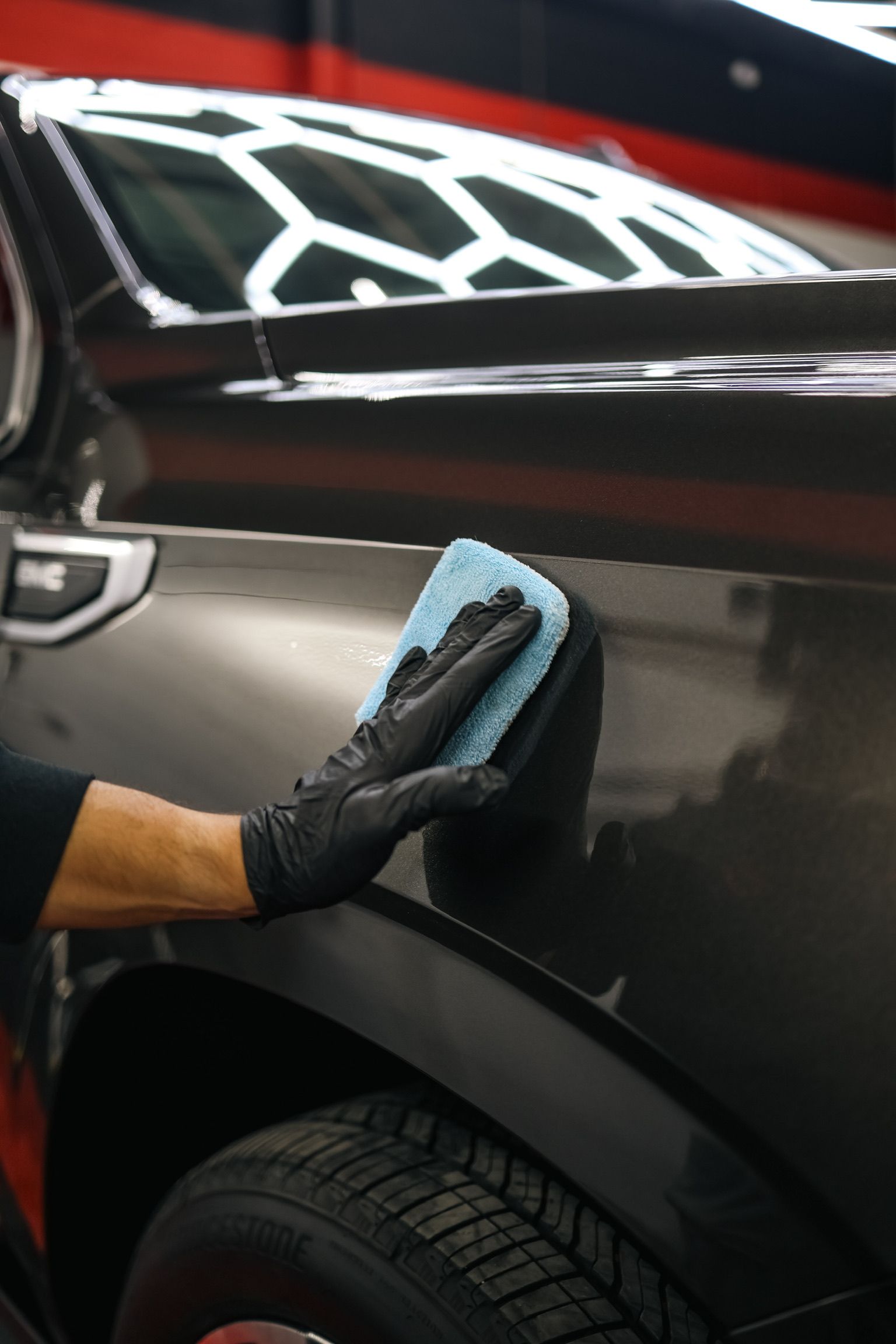
Signs Your Ceramic Coating Is Failing: How to Restore, Maintain, and Protect Your Finish in Michigan






